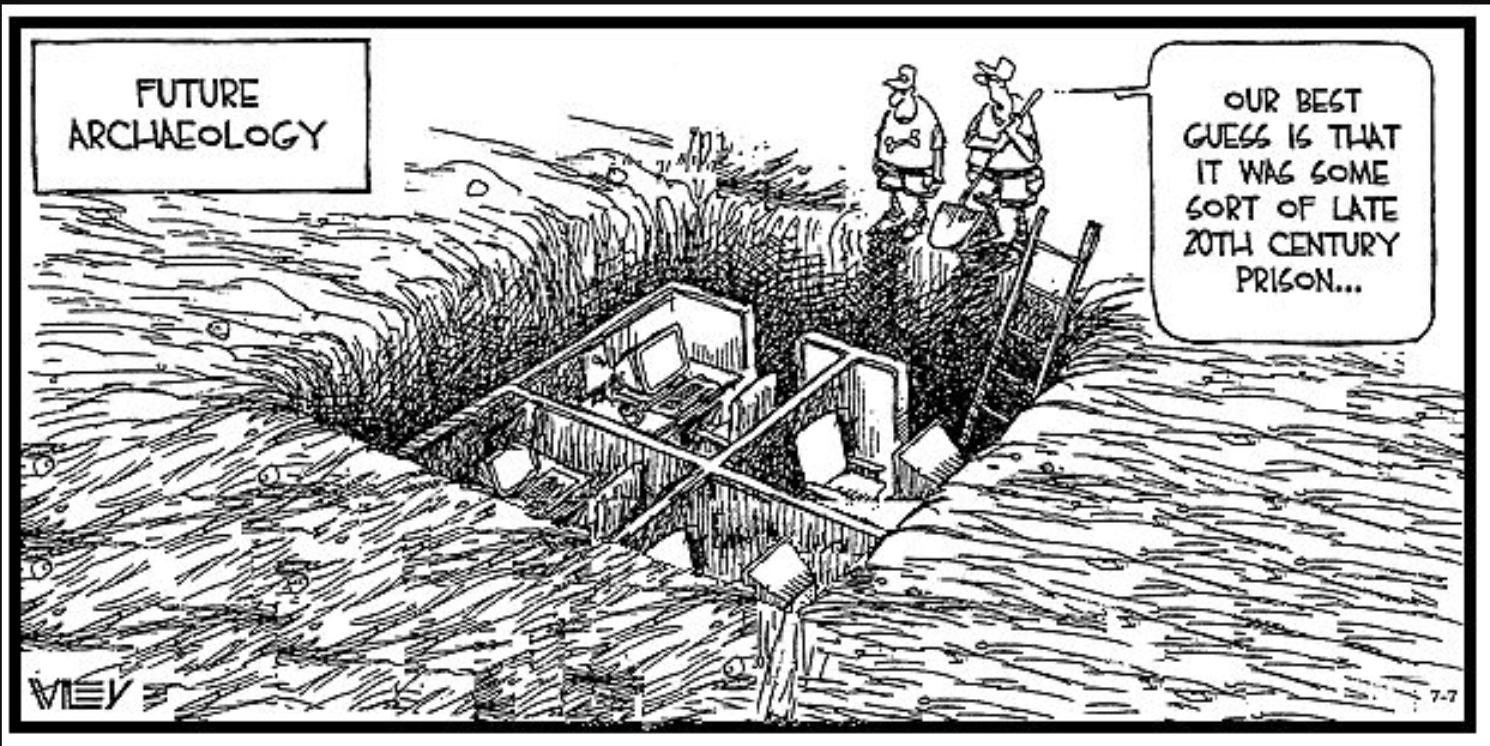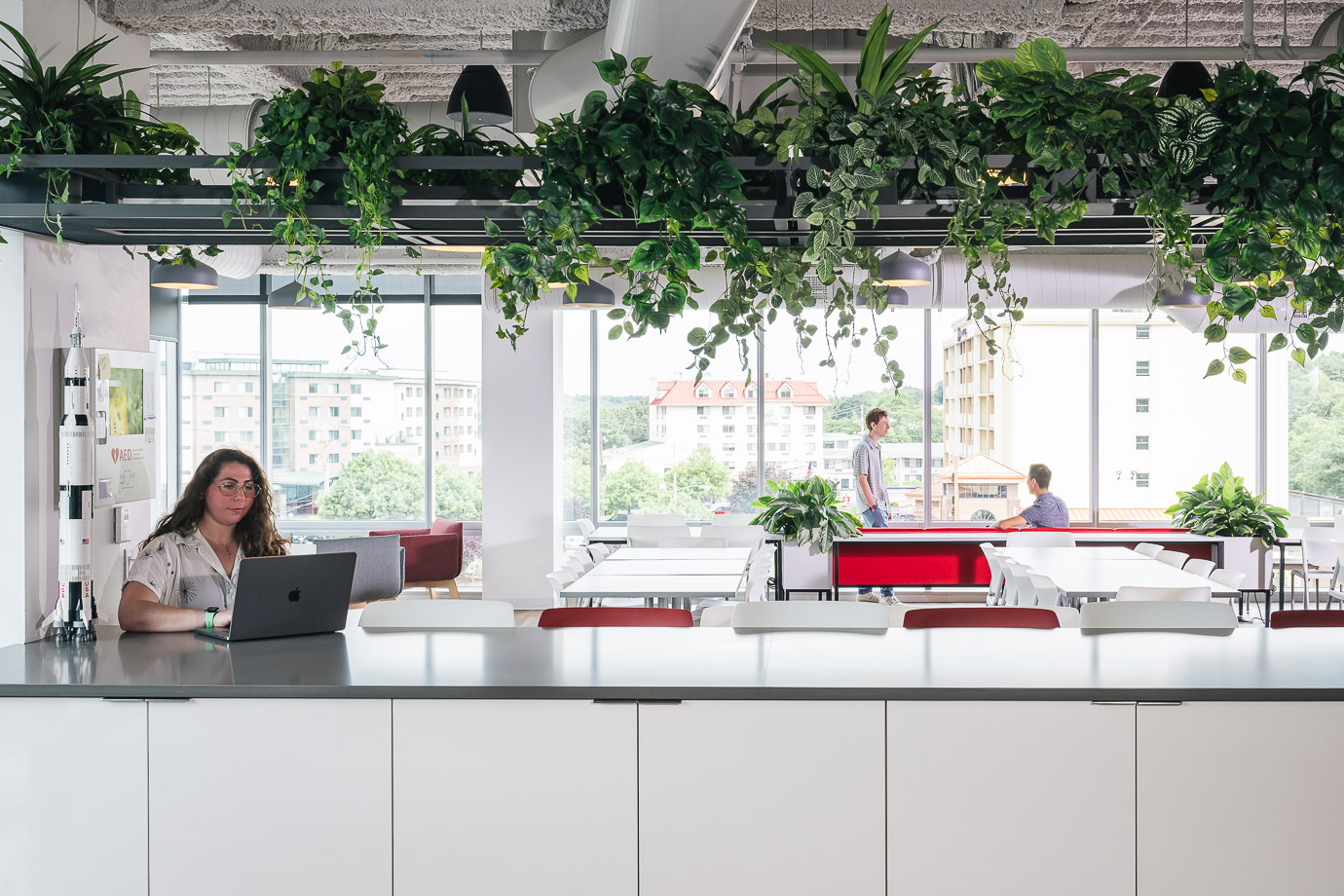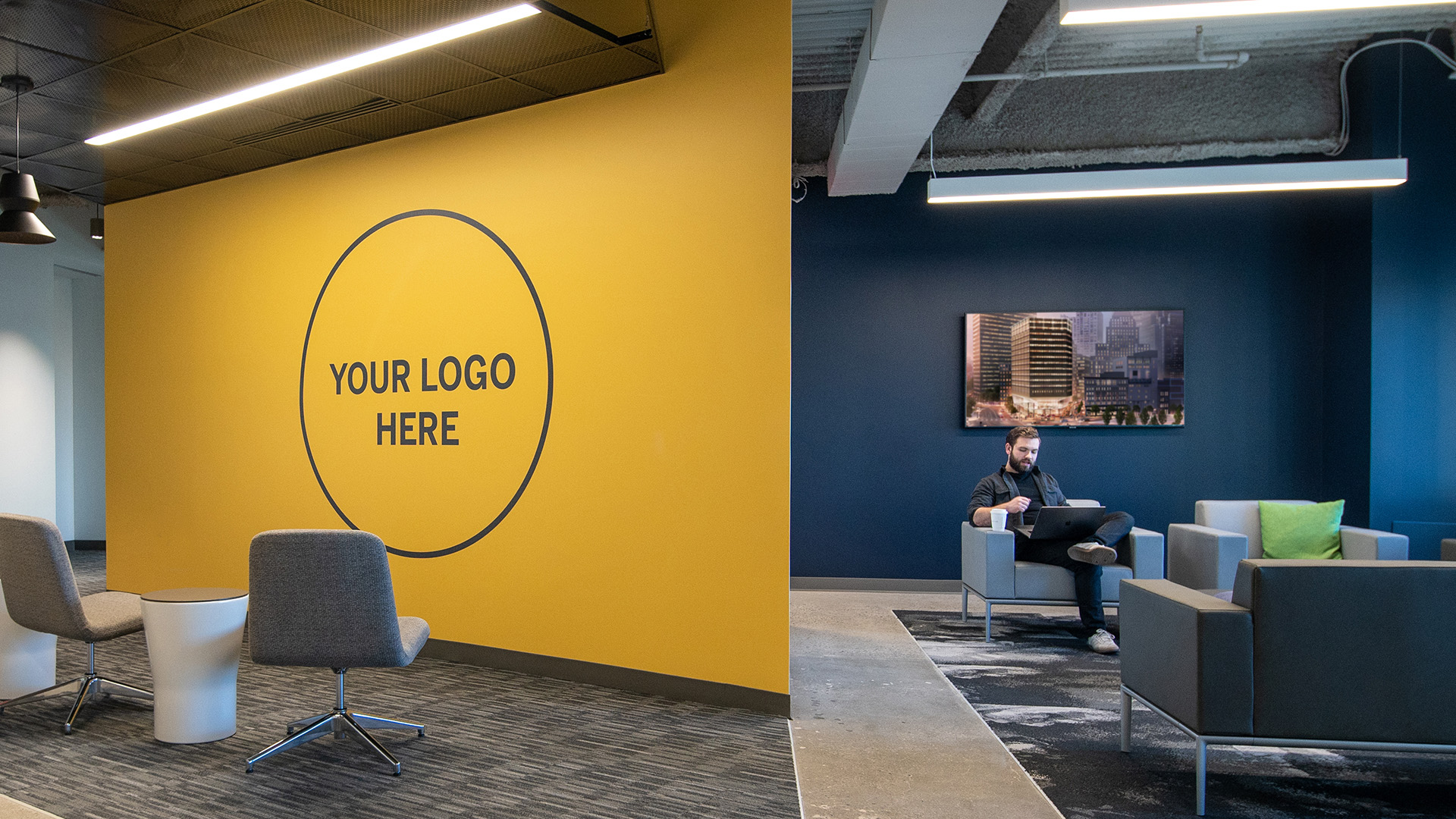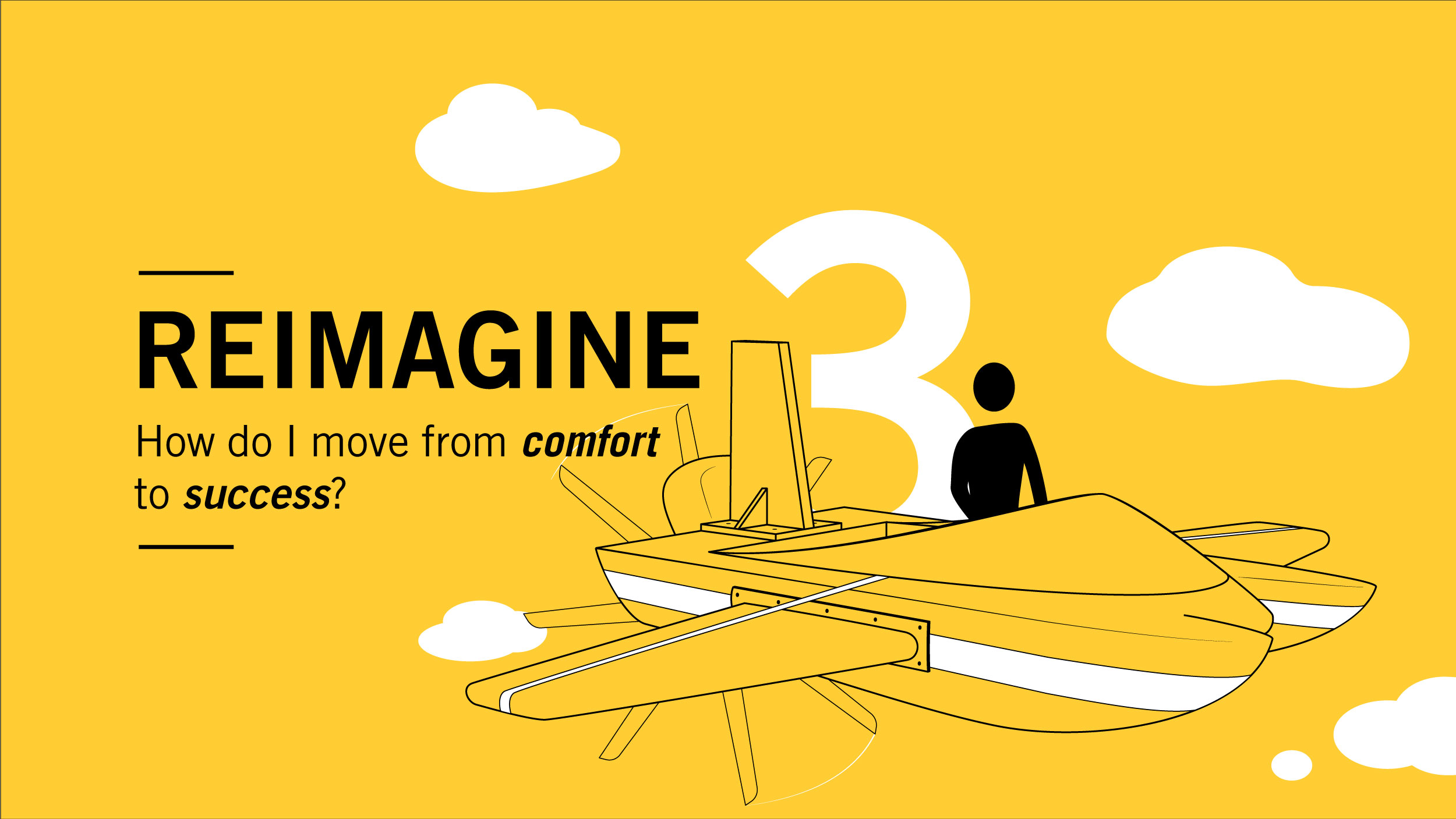From cube farms to Talking Heads to Michael Jordan: a discussion about creating the next workplace… written by Dorran Prescott
The recent events and our collective reaction to clamp down on the Coronavirus has spawned a desire to rethink our everyday lives. The work environment and the inevitable re-entry into it has been causing businesses to rethink employee spacing and mimic grocery store traffic patterns in an attempt to prevent further infection. I submit, however, the original social-work-distancing tool–that may once again be suggested as a solution to combat the pervading Covid-19–is the one thing that designers and some corporations have been attempting to remove for the last decade: workstation cubicles.
When I was a student at Wentworth Institute, I attended a 1991 lecture by a Providence, Rhode Island industrial designer/RISD professor, Peter Wooding. He explained how when he was a University of Michigan student intern (in the early 60s), he had worked on prototypes of the original cubicle design. He shared how exciting it had been to see the final solution become such a positive influencer for office design, all in an attempt to encourage us, to show us how our future work could have the same impact.
Years later–and after cubicle work environments have been ridiculed by countless Dilbert comics, movies and television commercials–a reminder is in order that the initial intention was not to produce homogenous workers and bland spaces. Rather, they were developed to allow for employee personalization and heads-down privacy, to break from open office spaces where visual and acoustical distractions were common.
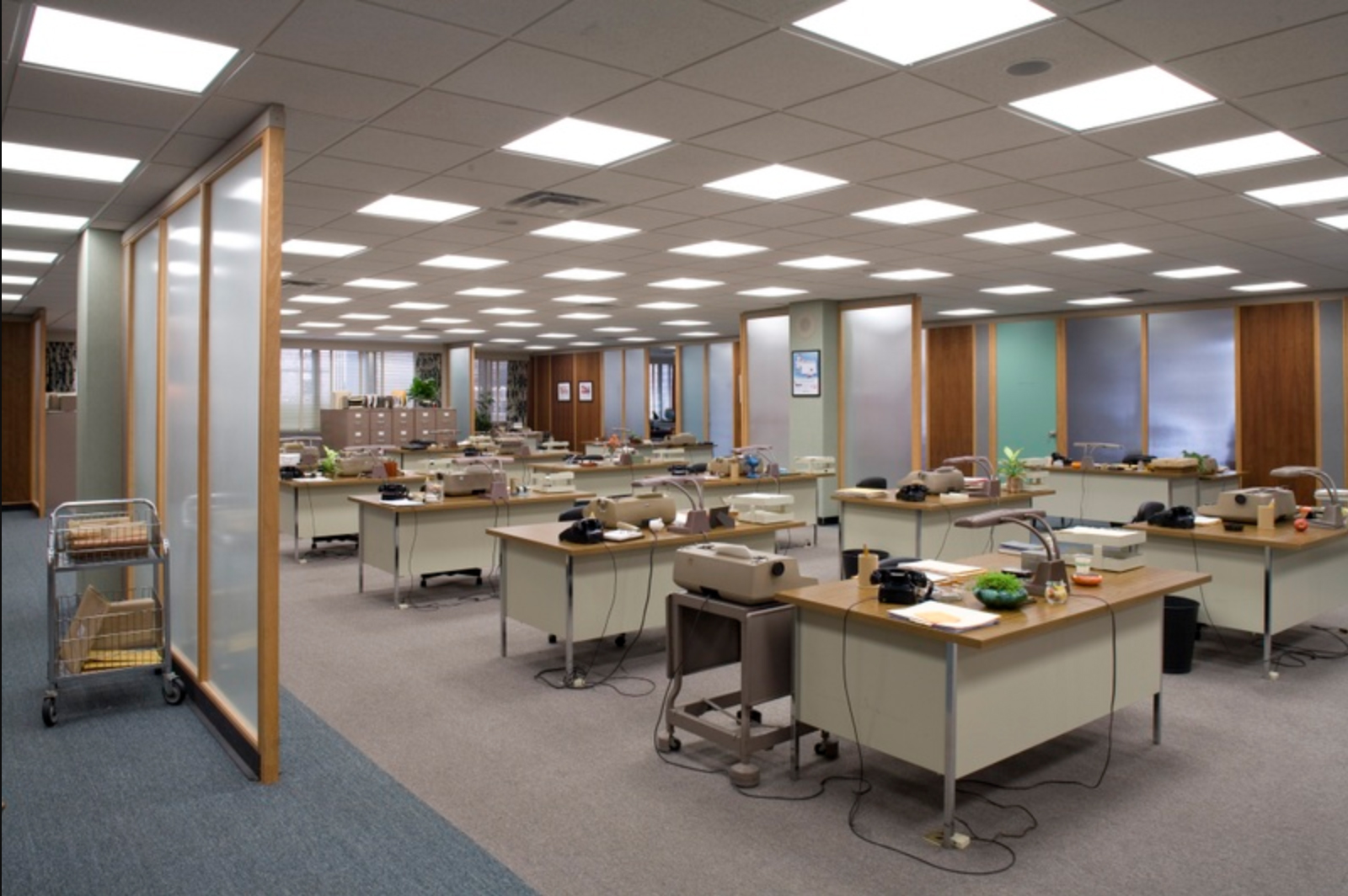
The shift was introduced by a Herman Miller (HM) solution designed by Robert Propst called “Action Office.” Probst and fellow HM Design Researcher George Nelson created “Action Office I (AO1)” for the market in 1964 (a solution specifically designed for the New York Federal Reserve Bank to create more efficient office space) and Action Office II (AO2), that was introduced in 1968 and established the footprint that other manufacturers replicated, each offering improvements (i.e. thinner profiles, cable/power distribution, task lighting and accessible storage solutions/tools).
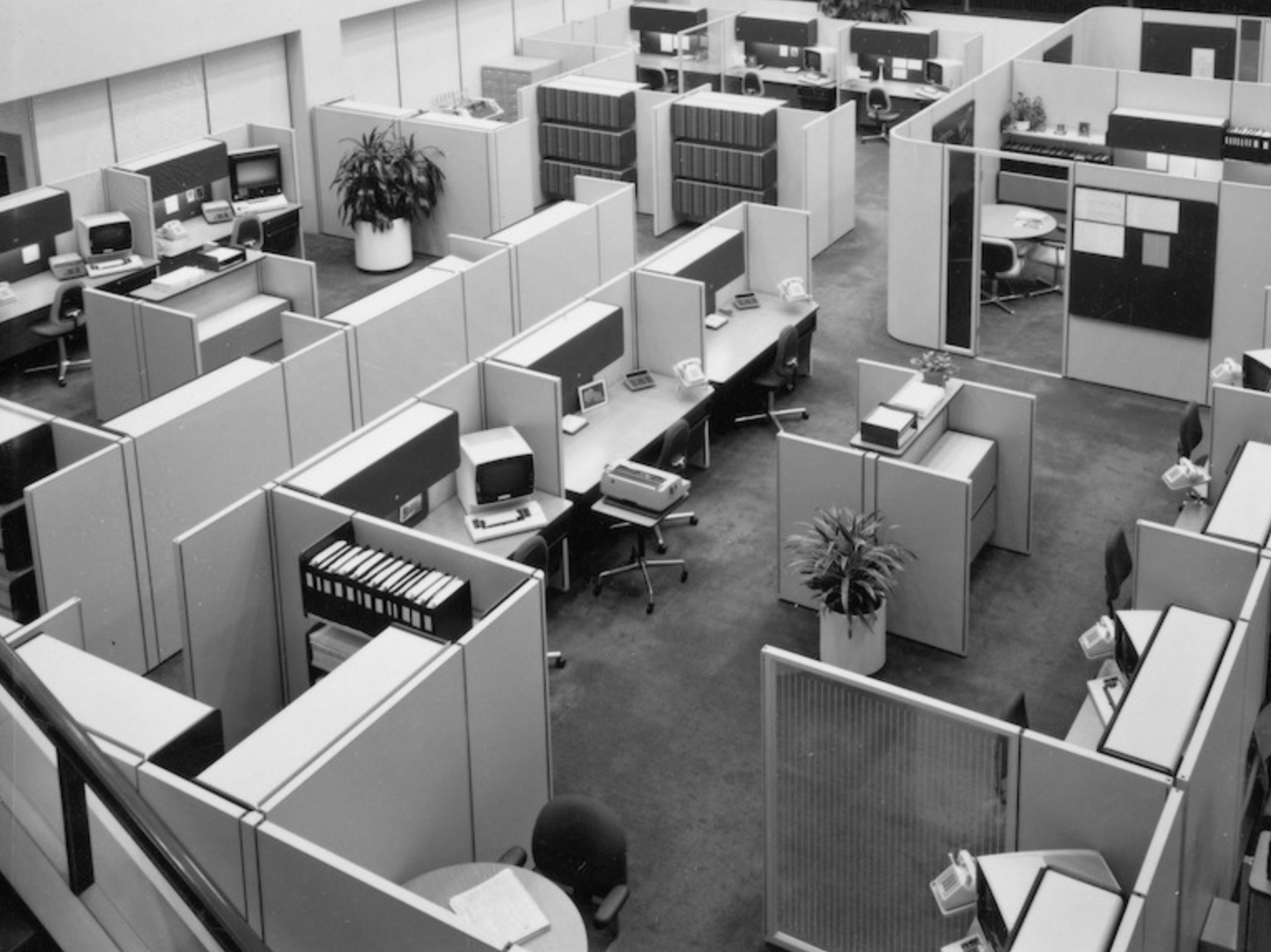
The systems furniture progression also revealed that it had an additional dual benefit of reducing construction costs, as panels could provide wall separation (that birthed demountable wall systems) and allow for easy reconfiguration when spaces needed to be modified. However, the most intriguing aspect became the ability to define spaces with modular heights, widths, and adaptable storage components that eliminated desk clutter. Armed with that desired corporate aesthetic, it became fashionable for architects and designers to fit out offices with the systems-only to realize forty years later that creating rabbit warrens and sterilized spaces was actually bad for business. Productivity turned into Mine Sweeper gaming and on-line shopping to combat a workplace clone war. As inventive as they had been, they became the scorn of many, including Nelson who said later in life that cubes had a “dehumanization effect on the working environment.” Partially blamed for creating corporate employee zombies, they are now thought of by many as the office-home wrecker of ideas and collaboration.

Though high paneled cubicle workstations (rather than workplace flexibility) may be a physiological comfort for some, similarly those working from home seeking separation, but producing-in-place is like turning back the clock to work in a shelter-in-place cube farm.
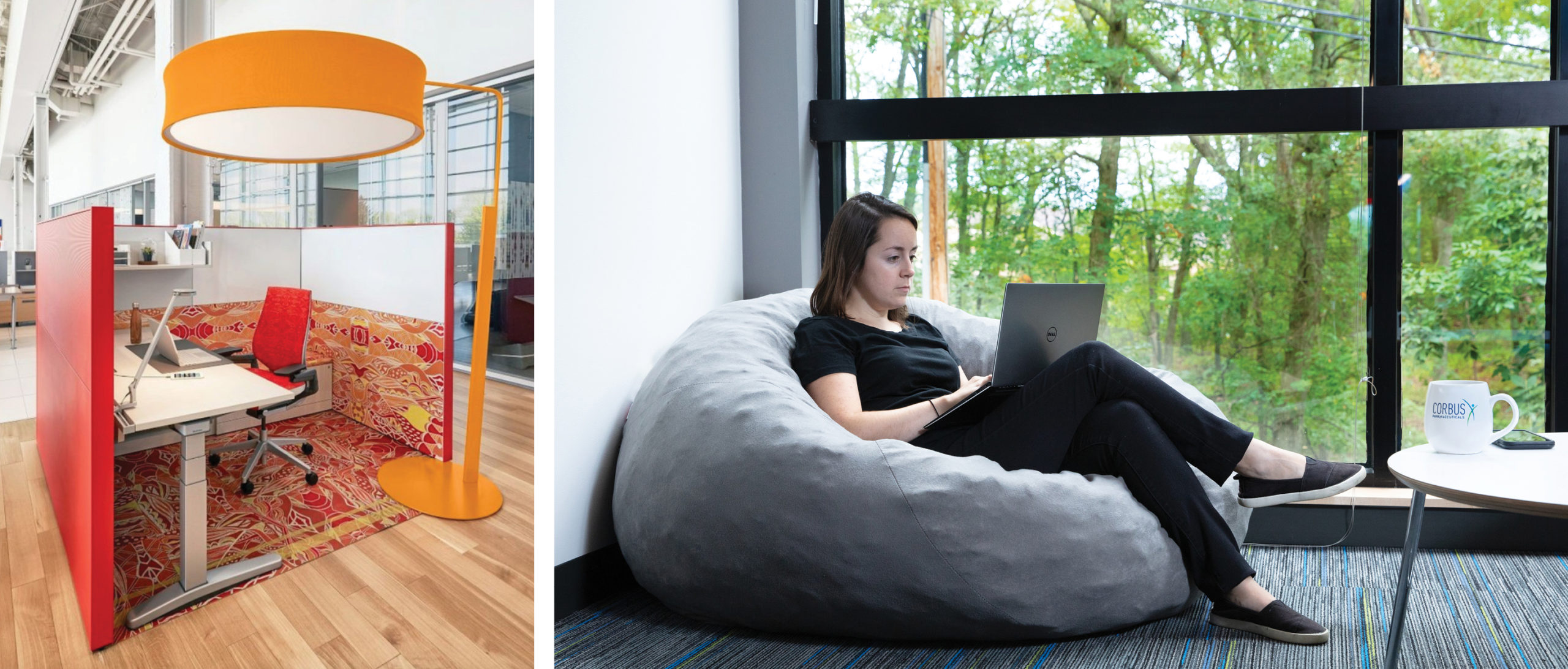
At LLM Design, we have been providing solutions for clients in existing conditions during this health crisis through architectural, furniture, and signage design to offset health concerns. If you would like our assistance, please feel free to contact us. A thoughtful strategy is particularly important now as many may be advocating for real estate reduction or for employees to work remotely (because it has worked for the last two months). We advocate for a safe return but anticipate offices will resurge. Humanity has a great desire to work shoulder-to-shoulder, to be productive in our united goals that bring us together…and because the IT help desk does not do house calls.
Peter Wooding relayed a story in his 1991 lecture that is worth repeating. When the Action Office II system was displayed at the Rhode Island School of Design (RISD) campus in 1970 to showcase the “new miracle furniture solution,” they had TVs sitting on the desks with close shot video of people accounting the system’s benefits. Based on what I have read, the Talking Heads band name was officially taken from a TV Guide article that described the same, “a head-and-shoulder camera shot of a person talking as ‘all content, no action.’ ” The founding band members, students at the time, attended the showcase. Wooding stated that he hoped his internship, design input, and the cubicle display systematically helped shape, in name only, one of the more influential musical artists of the last forty years.
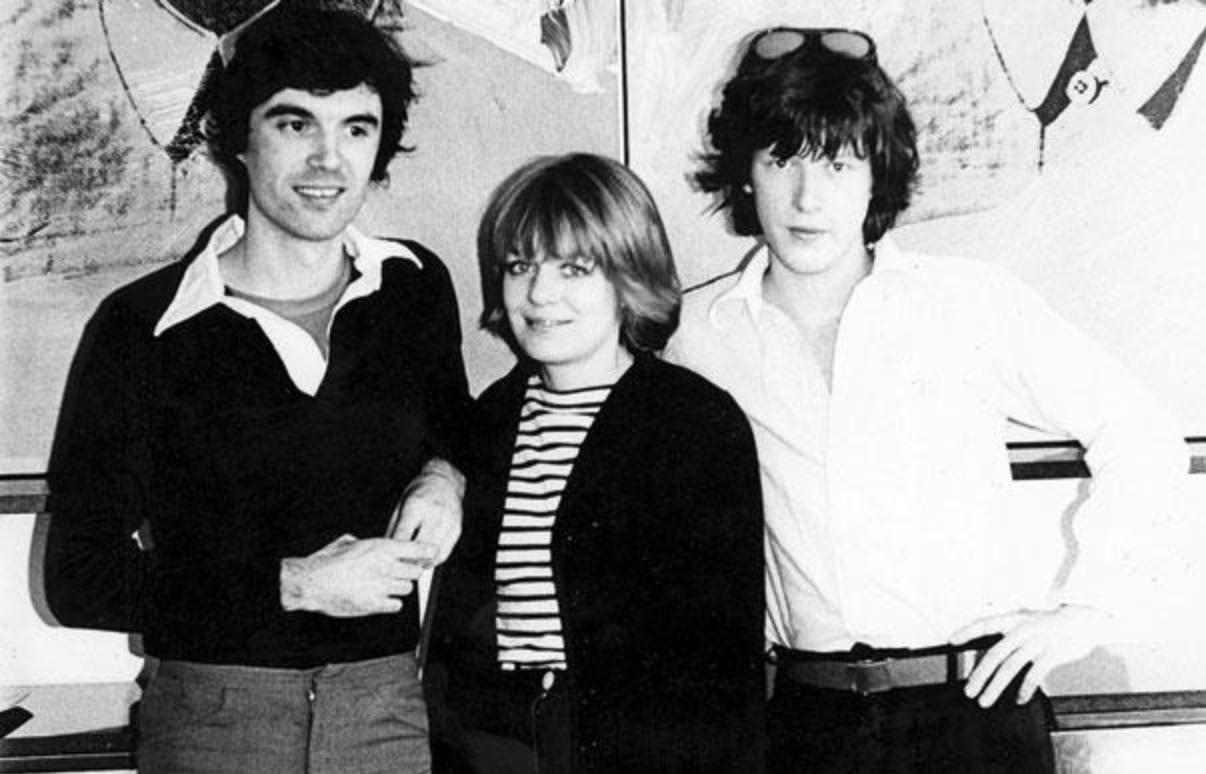
Like good music, design should always feel timeless, but returning to the high-paneled cube office of the past (I believe right-sized cubicles still have a place and benefit for those who need focused productivity) or reducing office square footage immediately would be a mistake (without even mentioning the connectivity-Zoom meeting problems we have all experienced). Being able to collectively create in an open environment that allows for personal employee touches, as well as providing spaces to escape for private production will have better long-term results. Segue reference here to the recent “Last Dance” (ESPN: Chicago Bulls documentary) episode, which showed that Michael Jordan arguably became the greatest basketball player because he adapted his self-style play to a team game. Adapting in place for companies who want to have a future (but need to address pandemic concerns) without overreacting is always best as our lives and our offices need to shift quickly (and hopefully only temporarily) in place to avoid “Burning Down the House.”
